Fried foods are popular all over the word. The frying oil or fat plays a very important role in the food service industry and has a direct impact on the food quality as well as in other aspects of the operation. This is about the about frying oils characteristics.
The Frying medium can be categorized as fat or oil. While oils are typically liquid at room temperature, fats retain a solidconsistency at room temperature, like lard or tallow and some palm.
Choosing the right oil
There are many oils and fats available for frying in the market. The selection of frying media should be based on the optimization of the cooking process, with regards to nutritional facts, flavor profile, stability as well as costs involved.
From a health point of view, the frying oil or fat of choice should be rich in polyunsaturated fatty acids (linoleic and
linolenic acids). Unfortunately, oils and fats with that characteristic are too unstable for the harsh frying process. Also, oils with linolenic value higher than 3 % should be avoided as they may leave a fishy flavor within the food and the deep-frying medium.
To best fit nutritional and stability requirements, the fat and oil industry have been developing products that are low in saturated, linoleic and linolenic fatty acids and having at the same time higher amounts of the monounsaturated oleic acids. The downside of these oils are the higher price and lower availability when compared to regular products. To overcome it, edible oil manufactures have developed blends of different oils to balance cost, performance, availability and nutritional facts.
Below are the main types of oil and fats used in commercial frying.
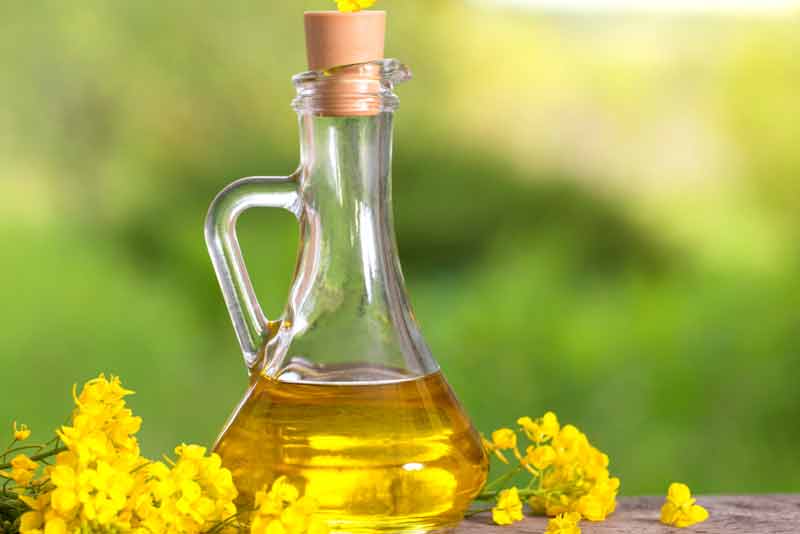
Canola oil
Also known as rapeseed oil with light yellow color. It is high in unsaturated fatty acids, so it needs to be modified to to achieve the stability required for commercial frying. The rapeseed oil has an oleic acid content and is suitable for frying. However, the price can be a bit high.
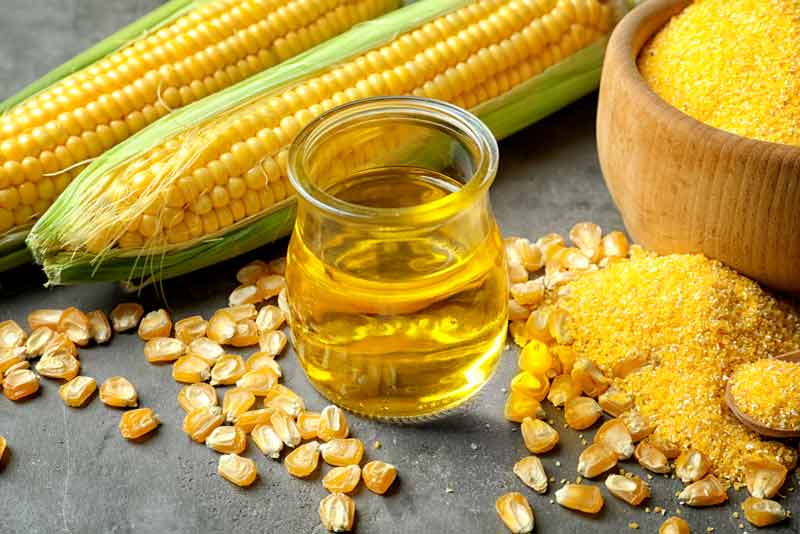
Corn oil
An amber colored oil with certain desirable unique flavors. It is relatively low in saturated fatty acids and rich in polyunsaturated fatty acids. For this reason, it may be less stable for the frying process.
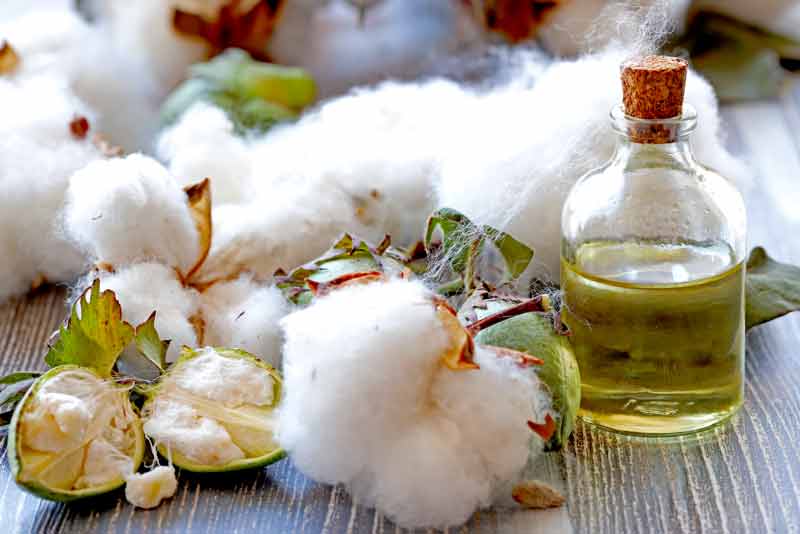
Cottonseed oil
It is considered the first commercially available vegetable oil in the Americas. It delivers a nutty, buttery flavor to fried products. Cottonseed oil contains practically no linolenic acids, is rich in saturated fatty acids and is therefore very stable for frying. It is used as blending to improve less stable oils.
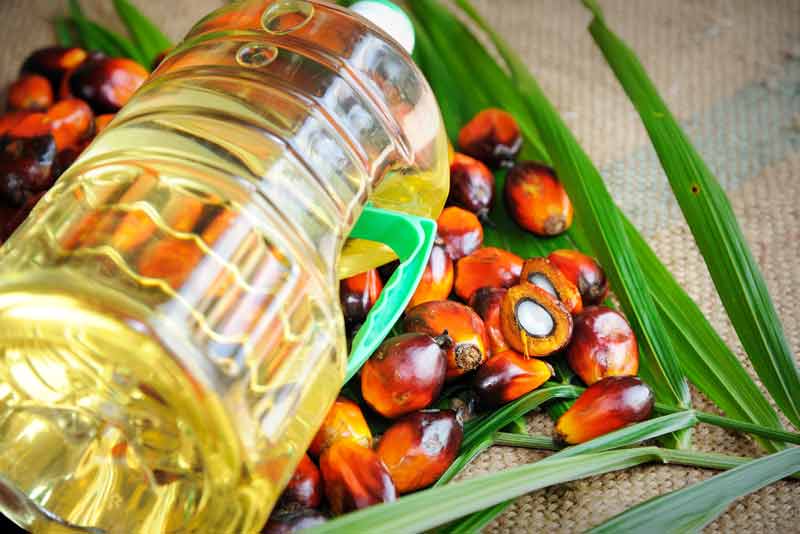
Palm fat and oil
It can be either in the solid state (stearin) or liquid (olein). Palm fat and oil has a nutty flavor and is high in saturated fatty acids, so more suitable for commercial frying, although lower in nutritional due to the saturated content. Due to known environmental issues in cultivation and manufacturing, it is not endorsed everywhere in the world.
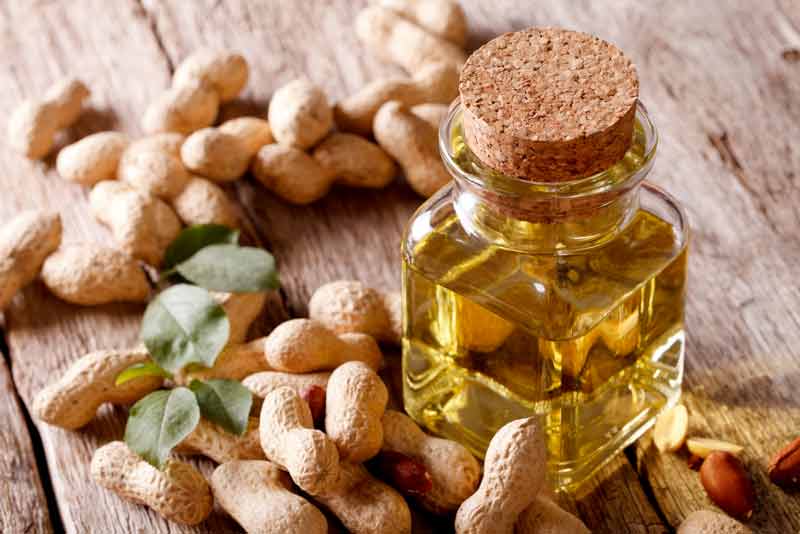
Peanut oil
Peanut oil is a pale yellow oil with a unique mild flavor. It is high on monounsaturated fatty acids and quite stable for the frying process. Peanut oil cost is higher than most other oils.
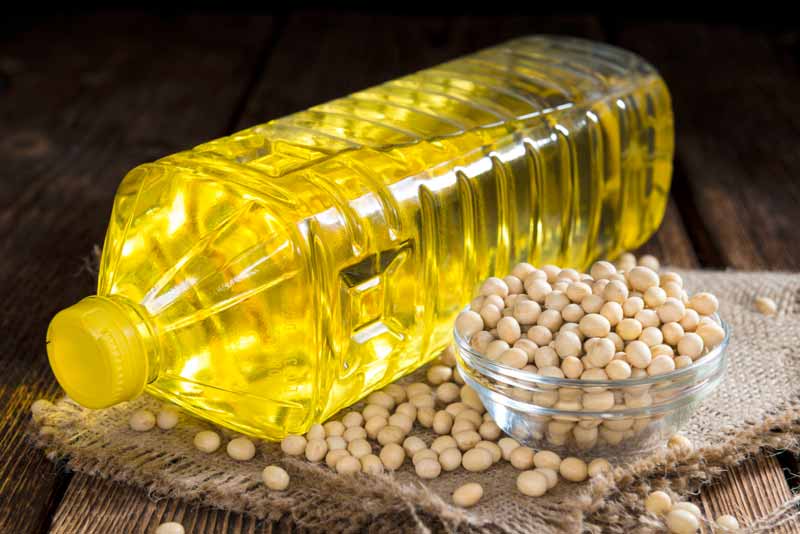
Soybean oil
It is the most commonly used edible oil in the world and one of the most inexpensive. Soybean oil has a high linolenic acid content. Therefore, it is more unstable in the frying process and may leave a fishy taste on the fried food. An alternative is soybean oil with a high oleic acid content, but this comes at a higher price.

Sunflower oil
It is pale yellow colored and with a light taste, suppling more vitamin E Sunflower oil is pale yellow in color, has a delicate flavor and provides more vitamin E than any other vegetable oil. The oil is rich in polyunsaturated fatty acids and therefore less stable for the frying process. An alternative here is an expensive sunflower oil with a high oleic acid content.
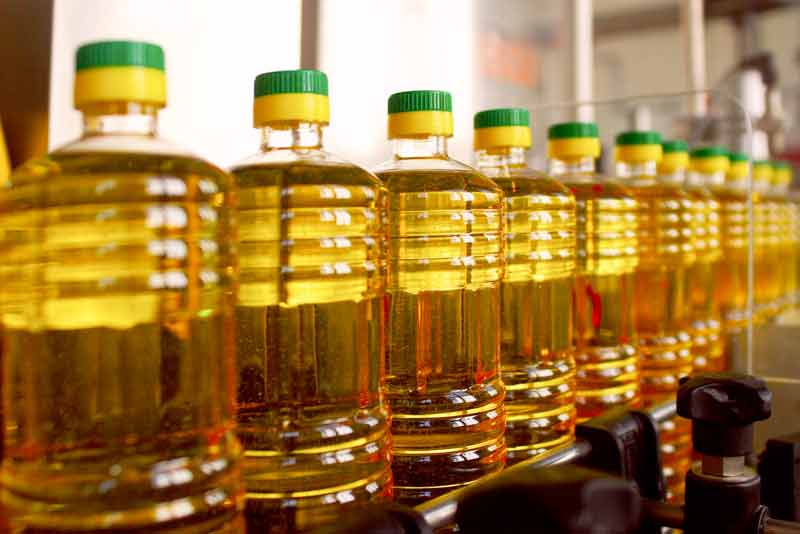
Blended oils
This type of oils consists of a wide range of oils blended to give a particular characteristic to the product, such as frying stability, nutritional profile and cost. They may include cottonseed, corn, rapeseed, among others.
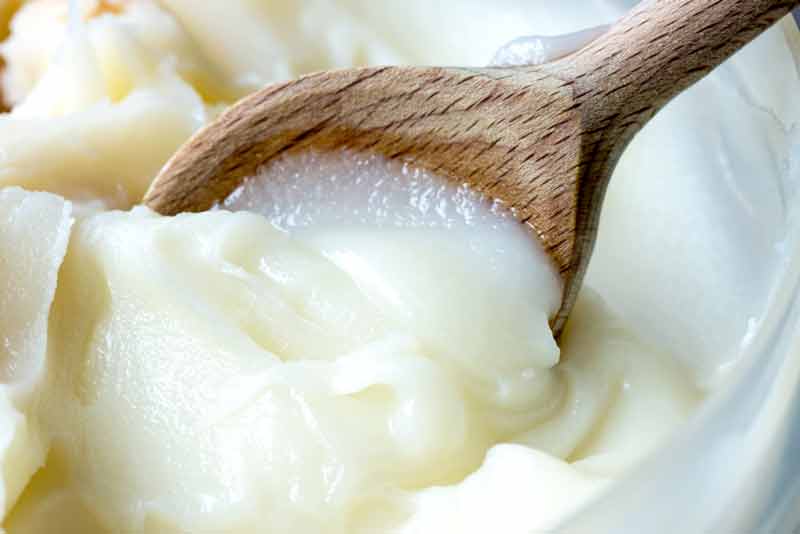
Pork lard and beef tallow
They are semi-solid fats at room temperature and give fried food a particular flavor profile. They used to be widely available but have fallen out of favor in recent years due to their high saturated fat content. It is a fairly stable frying medium. They are sometimes marketed as a blend with vegetable oils and fats, particularly palm oil.
The decision which frying oil is used is based on the nutritional facts, flavor profile, stability, availability as well as costs. If you want to learn more about frying oils characteristics and other frying oil technical topics, please contact FILTROX.










